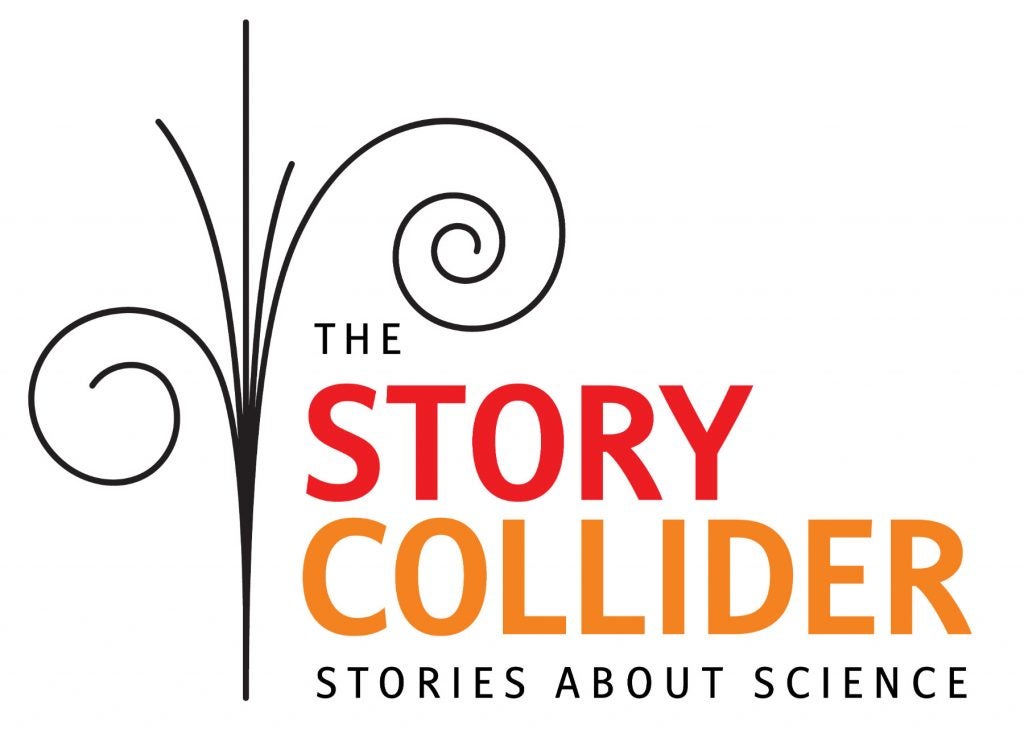2019 Symposium Keynotes and Story Collider
2018 Symposium Keynotes & Workshops
Developing Equitable Collaboration between Communities and Scientists
This session explored three ways that communities and scientists are working together in ways that honor community knowledge and put communities priorities first. Each panelist will spoke about how their work is making these community science partnerships a reality, what the benefits are for both communities and scientists, opportunities and challenges of such partnerships and how community science partnerships can improve the use and practice of science for future generations.
Journalists on the Front Lines of Public Engagement with Science
Equitable representation of perspectives requires a range of viewpoints from both journalists and their sources. News coverage of environmental and other scientific issues requires careful consideration and communication of science and social contexts. Panelists shared their prospective on the state of 21st Century journalism and the portrayal of Native Americans by the news media, academia, and society.
Addressing Structural Challenges for Inclusive Science Communication and Public Engagement
Meaningful access to STEM learning is both constrained and enabled by social and institutional structures. New structures are needed that promote science learning for everyone – especially those marginalized in STEM. In this session, panelists who are researchers, administrators, funders, and practitioners in informal learning settings shared their experiences addressing the structures that pose barriers to STEM learning for all.
Inclusive Pedagogy: Why it matters for science communication
This session elaborated on the importance of inclusive approaches to communicating science at different scales. Whether it is pedagogy within the college classroom, the redesign of an academic ecosystem, or the structure around which science is communicated, approaches that are inclusive of diverse voices are important. Each panelist spoke to the scale at which they work, including measures of success and work yet to be done.
Expanding Public Discourse and Engagement in STEM with Art and Technology
The combination of art, technology, and social networking has created a huge range of opportunities for innovation in public engagement with science. Panelists discussed trends, including how publics engage and learn with each as part of every day practice, and how they have changed their teaching and research practices to be more holistic and inclusive. Some practical examples include utilizing story telling, integrating multimodal technologies with crafting and art, and leveraging professional networks.
Novel Strategies for Bringing Science to Real People
Whether it’s farmers breeding genetically varied crops or neighbors figuring out how much rain causes street flooding, science is part of daily life. Yet the basic communication tools that science relies on – and uses to measure its own progress – are largely inaccessible and irrelevant to many public audiences. From zines, to street art, to digital videos, this session featured novel strategies for reaching audiences beyond the traditional science formats, methods for developing them, and evaluating their respective impacts.
Intersectional Approaches to Community Engagement
Inclusive science communication requires an acknowledgement of how the interaction of race, gender, ethnicity and other dimensions impact the lived experience of individuals and their engagement with the dominant culture and norms of science. Building on a working definition of intersectionality in science communication, panelists shared examples of recent work and current challenges in the fields of environmental justice and Black, Indigenous, and People of Color (BIPOC) representation in media, using audio to create inclusive science narratives, and training scientists and program staff toward effective community engagement.

